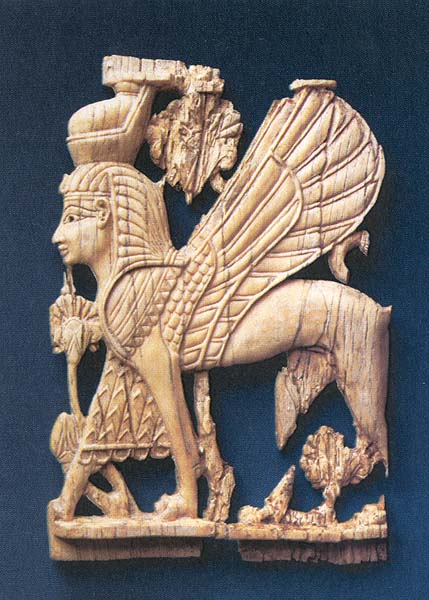
Abstract or metaphysical thinking was alien to the world of the ancient Near East. Philosophy as we know it was introduced by the Greeks in an unprecedented flowering in the fifth century B.C.E. Although ancient man understood concepts like omnipotence and omniscience, he did not express them in philosophical terms. Instead, he did so concretely. Man’s earliest attempts to express abstract, metaphysical concepts took a physical form.
One such form, I believe, is the composite mythical creature known as the cherub. The cherub symbolized not only omnipotence and omniscience but, as we shall see, a kind of completeness that included all else.
We can understand this from the Bible, but obviously it helps enormously to have physical evidence. We will focus here on one superb example of a cherub from the collection of the Bible Lands Museum in Jerusalem that is being published here for the first time.
The Bible frequently refers to cherubim—to be distinguished from cherubs, those adorable chubby winged infants with rosy cheeks that fly around in Western art.a Cherubim, for example, guarded the garden of Eden after Adam and Eve were expelled: “To the east of the garden of Eden he placed the cherubim” (Genesis 3:24).
Already a library member? Log in here.
Institution user? Log in with your IP address.

